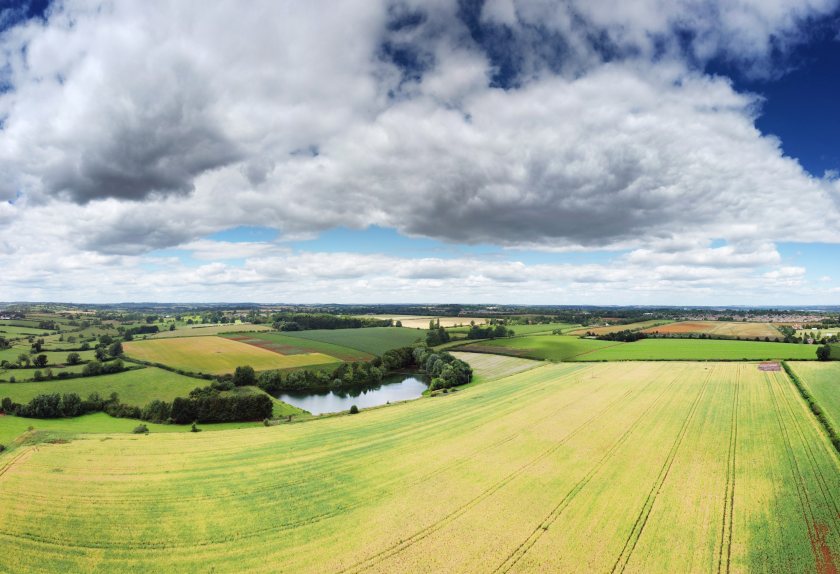
Farmland prices in England and Wales took a slight knock in Q2 2025, as market caution and shifting buyer sentiment begin to bite.
The latest Farmland Market Update, released today (21 July), shows that average arable land values fell by 1.1%, while pasture land declined by 0.7% between April and June.
Despite this quarter-on-quarter dip, land values remain marginally up on the year, with arable land 0.3% higher and pasture land 0.9% higher compared to the same period in 2024.
During the second quarter, arable land traded at an average of £9,700 per acre, while grassland averaged £7,900 per acre.
Andrew Chandler, head of rural agency at Carter Jonas, which released the update, said the figures point to shifting market dynamics.
“There remains healthy levels of demand for prime assets with prices often being achieved ahead of expectations, particularly when there is interest from local farmers and investors looking to expand their operations and in locations with a strong rollover buyer presence.
“Other assets are being approached with hesitancy. As a result, the gap between prime and secondary or tertiary land has widened further.
“Some business pressures are undermining confidence and resulting in a thinner buyer pool, and this, coupled with increased supply in some areas, has led to downward pressure on pricing for land where returns are less certain.”
Carter Jonas reports that the volume of publicly marketed farmland increased in the second quarter, with more land expected to come to market in the months ahead.
However, the firm anticipates any further price adjustments to be “moderate rather than dramatic”.
Sophie Davidson, research associate at Carter Jonas, explained that a mix of economic and policy challenges is shaping seller behaviour.
“Rather than one main factor driving the increase in supply, a combination of mounting pressures is prompting some farmers and landowners to review their business strategies and financial position, sometimes leading to a decision to sell,” she said.
“Volatile commodity markets, increased employment costs, the effects of climate change, impending inheritance tax changes and ongoing adjustments to the policy landscape are other factors that could have an impact.
“These same pressures are also causing increased hesitancy amongst buyers, who have become more selective and sensitive to pricing.”
In light of a softening market, Carter Jonas is advising sellers to focus on realistic pricing and thorough preparation.
“Sellers should focus on realistic pricing from the outset,” said Mr Chandler. “Over-pricing in the current environment is likely to disadvantage an asset, reducing interest and potentially leading to longer sale times or price reductions later on.
“Preparation is also key. Ensuring that any potential issues, such as unresolved rights of way, access arrangements, restrictive covenants, or missing easement agreements, are addressed before launch can help avoid complications that might deter cautious buyers or delay the transaction.”
Meanwhile, buyers are urged to remain vigilant and proactive. “Where land offers strong long-term potential, there are still opportunities – but careful due diligence and a clear understanding of current risks are essential,” Mr Chandler added.
